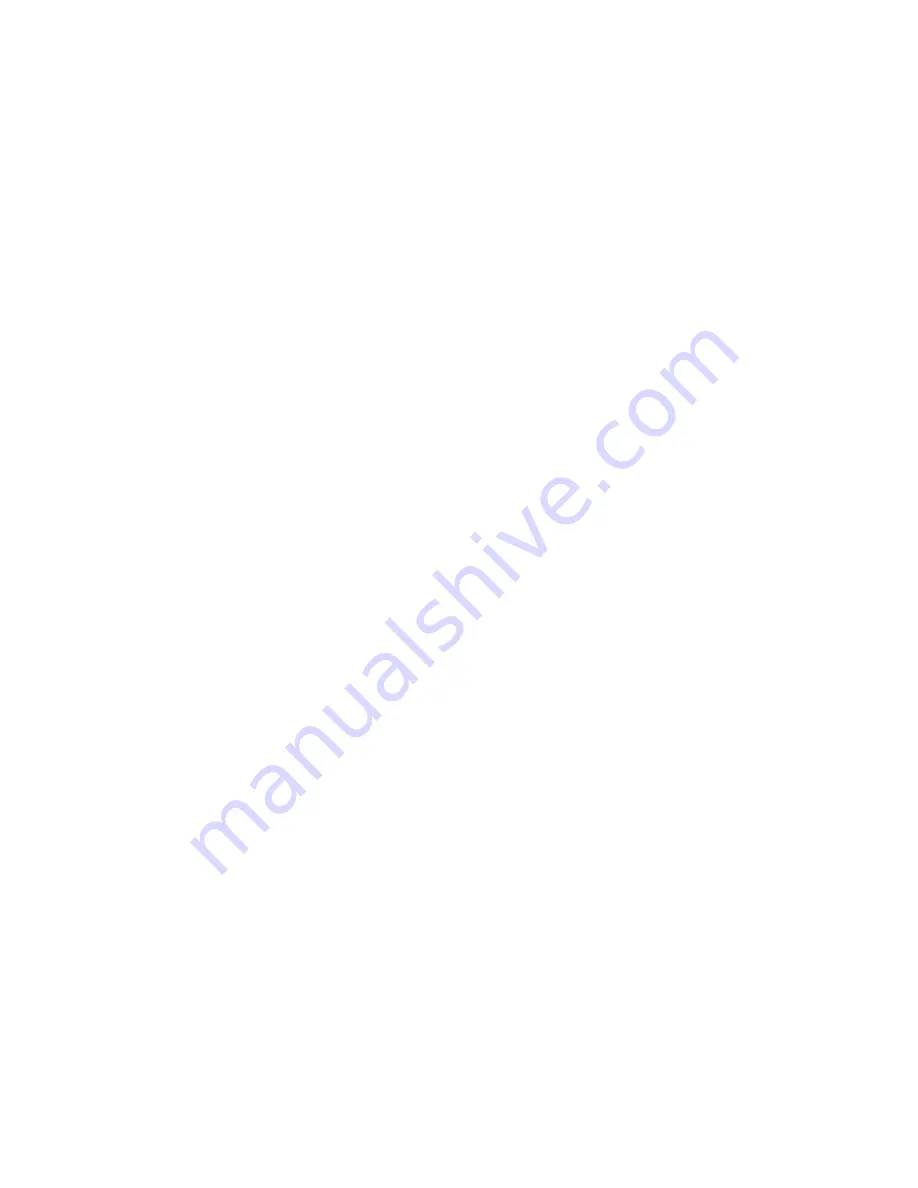
What should I do before disposing of the appliance?
Remove the dust bag and filters and dispose of these separately with your household rubbish. In
the case of a bagless appliance, empty the dust container and dispose of the filters accordingly.
How do I dispose of the dust bag or the contents of the dust container correctly?
In the event that you have not vacuumed up any dirt not permitted in the household waste
containers, you can dispose of the full dust bag, the contents of the dust container or the worn-
out filters with your household rubbish.
An unpleasant odour develops when vacuuming, or dust is emitted by the appliance.
This may have a range of causes: your appliance is equipped with a so-called additional air
regulator located on the handle, which is designed to allow you to reduce the suction power
quickly so that objects are not vacuumed up inadvertently. However, during normal vacuuming,
this additional air regulator must always be completely closed in order to guarantee full suction
power. You may not have assembled the vacuum cleaner correctly after removing it from the
packaging. Check that all the parts are secured and adjusted properly. To do this, please consult
the operating instructions and the quick start guide. You may have failed to replace or close parts
of the vacuum cleaner correctly which you had opened or removed in order to clean the filter or
change the dust bag. Check that all the parts are secured and adjusted properly. To do this, please
consult the operating instructions and the quick start guide. The dust bag may have burst.
Replace this with a new one. The dust bag may not have been changed for a long period, or the
dust container has not been emptied and cleaned, causing the contents to develop an unpleasant
odour. Change the dust bag immediately, or empty and clean the dust container. To do this,
please consult the operating instructions and the quick start guide. The filters may require
cleaning. To do this, please consult the operating instructions and the quick start guide.
How can I vacuum in an energy-saving, environmentally-friendly manner?
There are several ways to do this: Before starting to vacuum, remove obstacles you would
otherwise need to vacuum around laboriously. This ensures that the vacuum cleaner operates for
shorter periods. Your appliance is equipped with a so-called additional air regulator located on
the handle, which is designed to allow you to reduce the suction power quickly so that objects
are not vacuumed up inadvertently. However, during normal vacuuming, this additional air
regulator must always be completely closed in order to guarantee full suction power. If your
appliance has a suction power regulator, set this according to the task in hand. For example,
considerably lower suction power is required to vacuum hard floors than for carpets. Vacuum the
surface in question in parallel strips which should ideally not overlap. If you take a disorganised
approach to your vacuuming, you may vacuum certain areas several times. Observe the
maintenance intervals. Remove soiling from your vacuum cleaner on a regular basis. In the
process, check the floor nozzles, telescopic tube and suction hose. An unrestricted airflow is still
the most effective way to vacuum. Switch off the vacuum cleaner during breaks (e.g. when
changing the nozzles).



